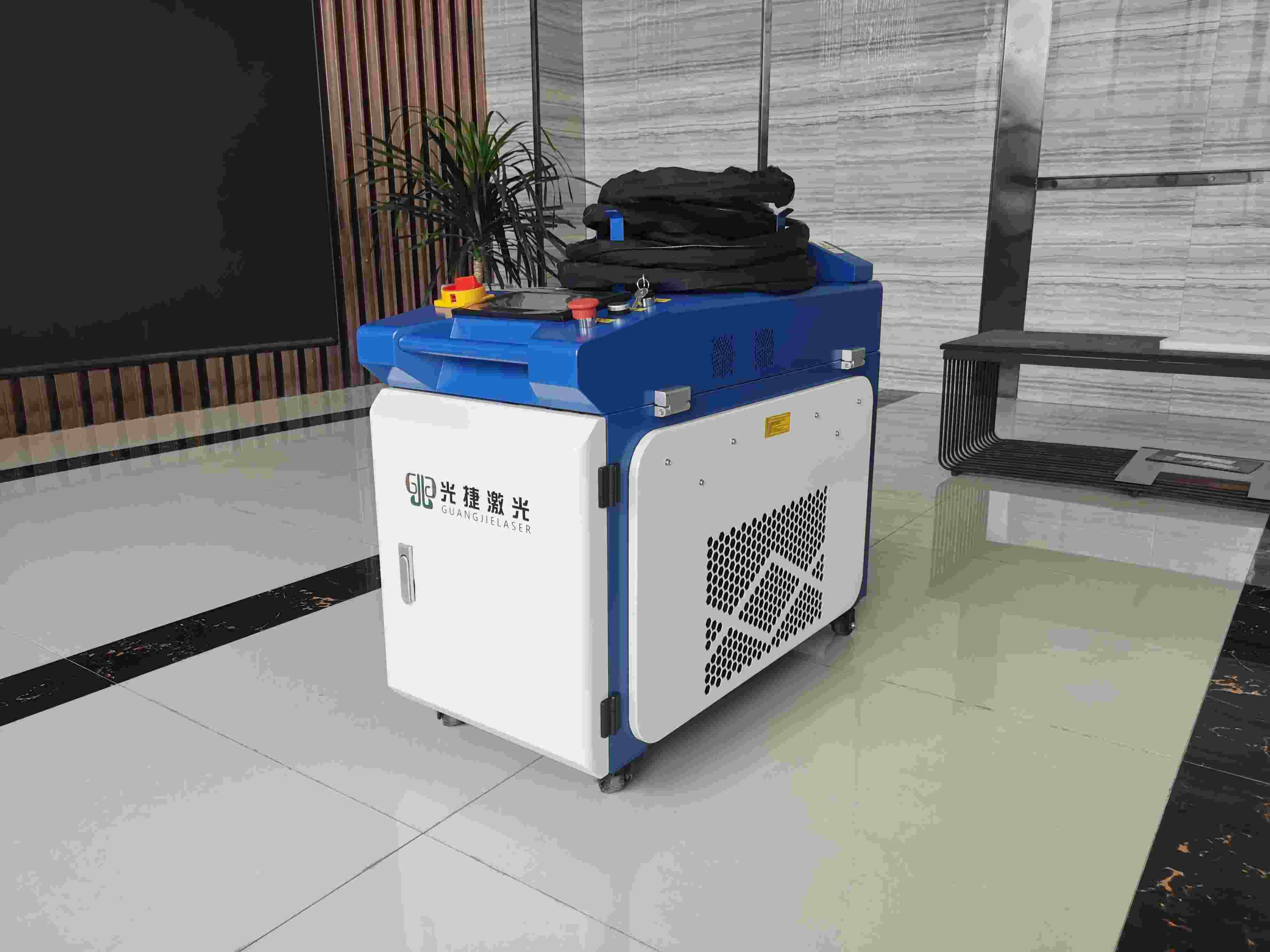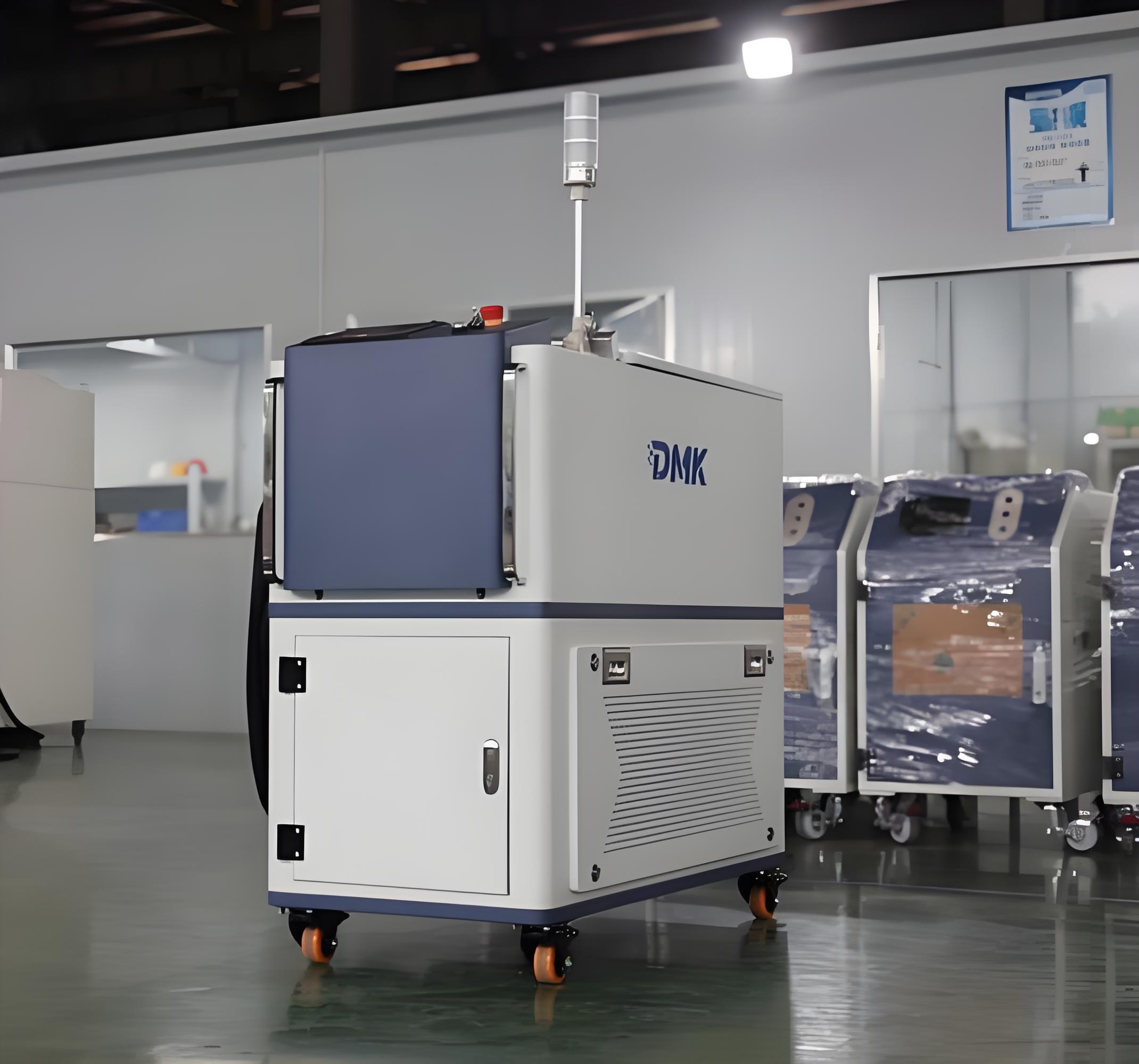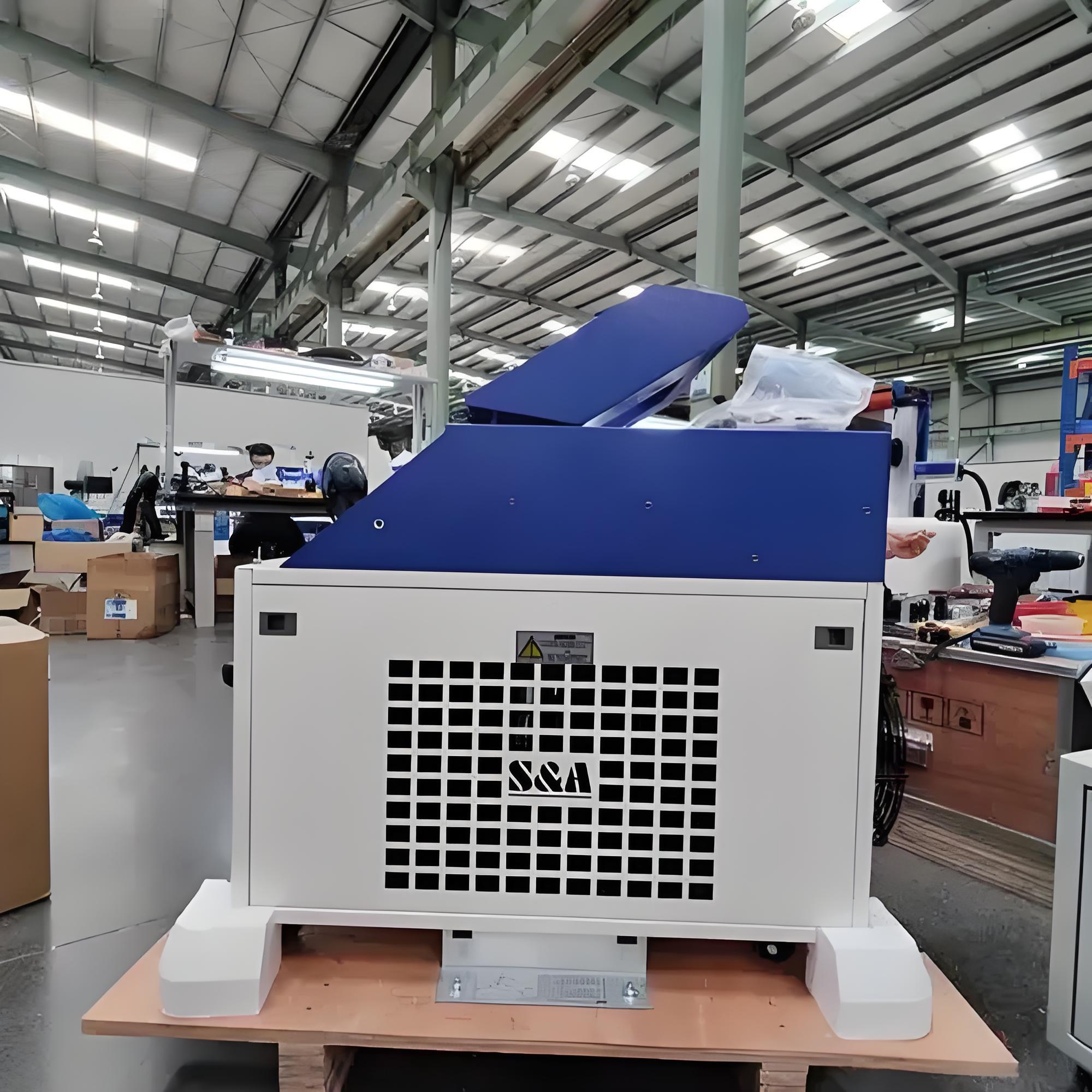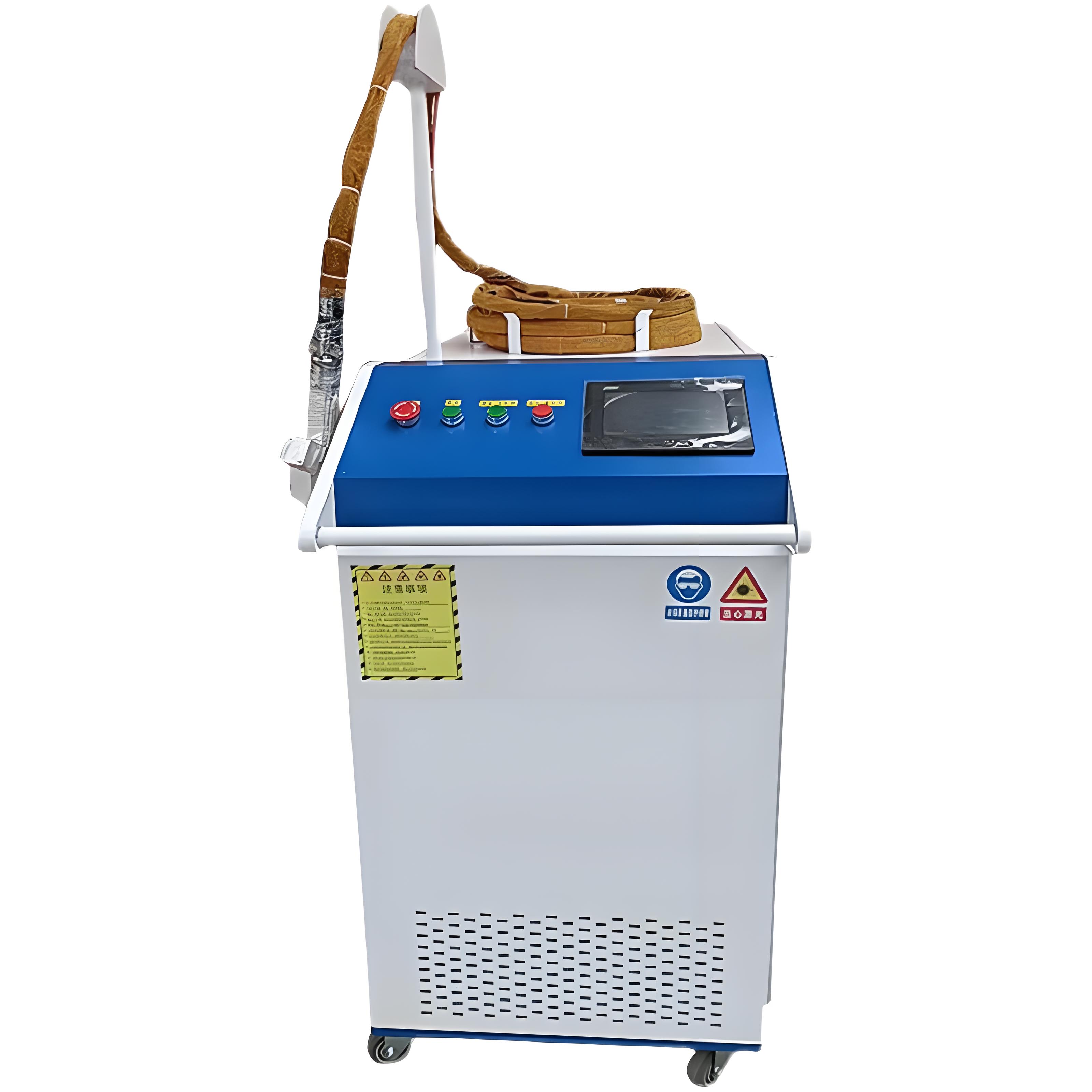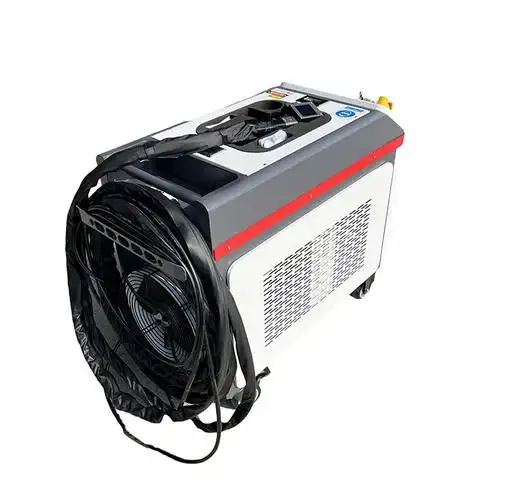As someone who’s been in the industrial cleaning and surface preparation industry for over a decade, I’ve worked with everything from sandblasters to chemical treatments, but few technologies have impressed me as much as laser rust removal. It’s precise, eco-friendly, and incredibly efficient—qualities that make it a game-changer for restoring metal surfaces. However, one question I hear time and again from clients, especially those working with delicate materials, is: Will a laser rust removal machine burn through thin metal sheets? The short answer is that it’s unlikely if used correctly, but there’s a lot to unpack here. Drawing on my years of hands-on experience and countless projects, I’ll dive into how laser rust removal works, its effects on thin metals, and how to use it safely, all while sharing practical tips to help you avoid costly mistakes.
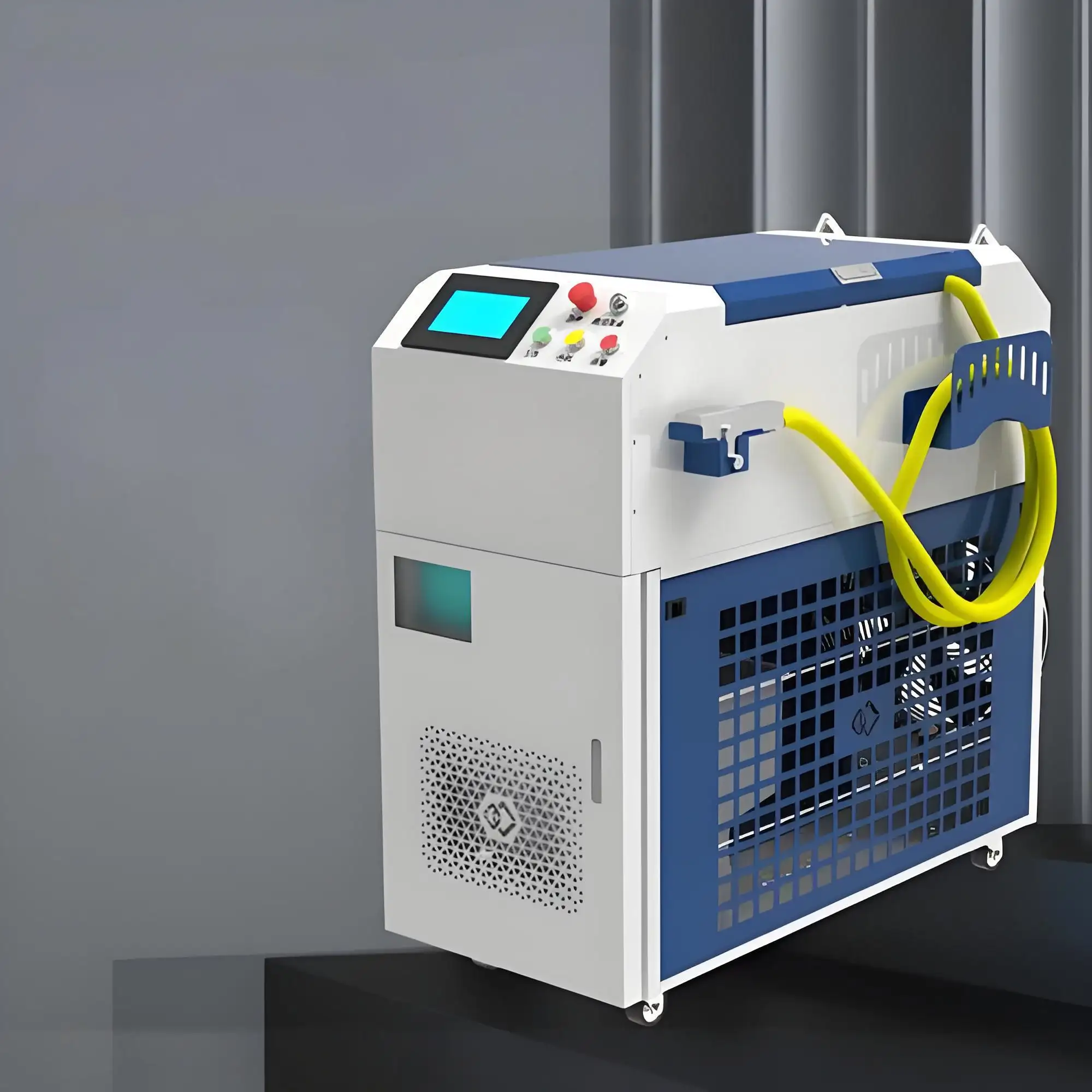
Understanding Laser Rust Removal
Laser rust removal, or laser cleaning, uses high-intensity laser beams to vaporize rust, paint, or contaminants from metal surfaces without damaging the underlying material. Unlike abrasive methods like sandblasting, it’s non-contact and doesn’t involve chemicals, making it ideal for precision work. The laser’s energy targets the rust’s molecular structure, causing it to ablate (turn into gas) and leave the clean metal behind.
I’ve seen laser cleaning transform rusty car panels, antique machinery, and even delicate aerospace components. But when it comes to thin metal sheets—think 0.5mm to 2mm steel or aluminum—the fear of burning through or warping the material is real. Let’s explore why this concern exists and how to address it.
How Laser Rust Removal Affects Thin Metal Sheets
The risk of burning through thin metal depends on the laser’s power, settings, and the operator’s skill. Here’s a breakdown of the key factors based on my experience:
1. Laser Power and Energy Density
Commercial laser rust removal machines range from 20W to 2000W, with higher power suited for heavy rust or large surfaces. For thin sheets, low to medium-power lasers (50-200W) are typically used to minimize heat input. In my work, I’ve found that a 100W fiber laser can clean 1mm steel sheets effectively without damage if the settings are dialed in correctly.
The laser’s energy density (measured in J/cm²) determines how much heat is transferred to the metal. Too high, and you risk overheating; too low, and the rust won’t budge. I’ve seen operators accidentally set the energy too high on a 0.8mm aluminum sheet, causing slight warping, but never a full burn-through.
2. Material Properties
Thin metals like stainless steel, aluminum, or galvanized steel have different thermal conductivity and melting points, affecting their response to laser cleaning. For example, aluminum conducts heat faster than steel, so it’s less prone to localized overheating but more sensitive to warping. In a 2021 project, I cleaned rust from 1.2mm stainless steel panels using a 100W laser, and the results were flawless—no burns, no distortion—because we tailored the settings to the material.
3. Pulse vs. Continuous Wave Lasers
Most rust removal lasers are pulsed, meaning they deliver energy in short bursts, reducing heat buildup compared to continuous wave lasers. Pulsed lasers are safer for thin sheets because they minimize the risk of sustained heat exposure. I’ve used pulsed fiber lasers on 0.6mm steel without issues, but continuous wave lasers on the same material caused minor surface discoloration.
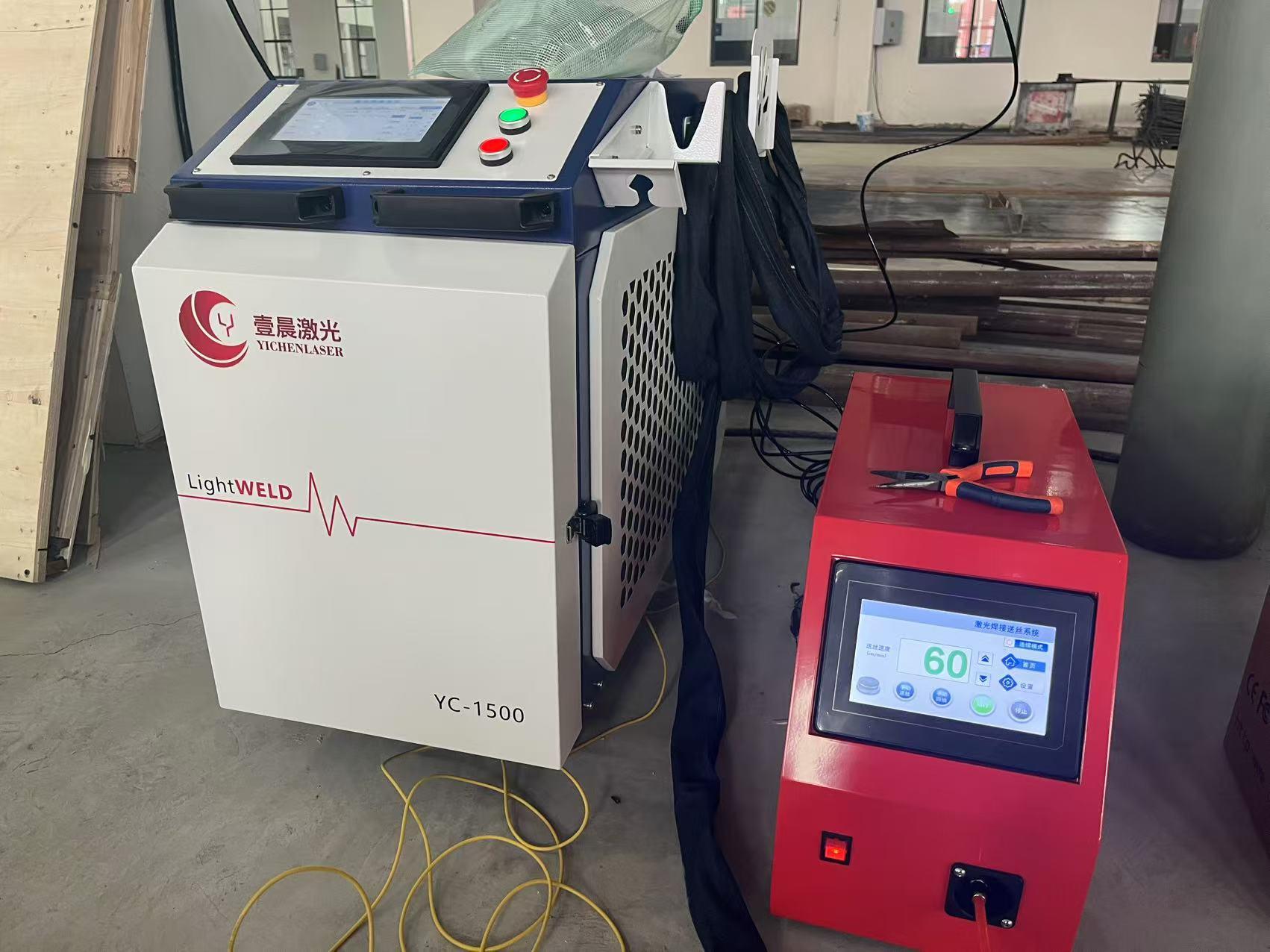
4. Operator Skill and Settings
The biggest variable is the operator. Proper settings and technique are critical to avoid damage. Parameters like pulse frequency, scan speed, and beam width must be adjusted for thin metals. I once trained a team to use a 200W laser on 1mm steel sheets, and after fine-tuning the pulse frequency to 50 kHz and scan speed to 2000 mm/s, we achieved clean results with no damage.
Does It Burn Through? The Reality
So, will a laser rust removal machine burn through thin metal sheets? In most cases, no, provided you use the right equipment and settings. The laser’s energy is absorbed primarily by the rust, which has a lower ablation threshold than the metal. Once the rust is gone, the laser reflects off the clean metal surface, minimizing further heat input. I’ve cleaned hundreds of thin sheets (0.5-2mm) without a single burn-through, though improper settings can cause warping or surface marks.
The risk increases with:
Ultra-thin sheets (below 0.5mm), where heat dissipation is limited.
High-power lasers (500W+) used without caution.
Inexperienced operators who don’t adjust for material thickness.
Comparing Laser Rust Removal to Other Methods
To put laser cleaning in context, here’s a table comparing it to other common rust removal methods for thin metal sheets:
|
Method |
Effect on Thin Sheets |
Pros |
Cons |
|---|---|---|---|
|
Laser Cleaning |
Minimal risk if set correctly |
Precise, eco-friendly, fast |
High cost, requires skill |
|
Sandblasting |
Can dent or warp thin sheets |
Affordable, effective |
Abrasive, messy, removes material |
|
Chemical Stripping |
Safe but slow |
Non-abrasive, low skill needed |
Toxic chemicals, disposal issues |
|
Wire Brushing |
High risk of scratching |
Cheap, simple |
Labor-intensive, damages surface |
How to Safely Use Laser Rust Removal on Thin Sheets
Based on my years of working with laser cleaning systems, here are practical steps to ensure safe, effective rust removal on thin metal sheets:
1. Choose the Right Laser Power
For thin sheets (0.5-2mm), stick to 50-200W pulsed fiber lasers. Higher power (500W+) is overkill and increases risk. I once helped a client select a 100W laser for 1mm steel panels, and it handled light to moderate rust perfectly without overheating.
2. Adjust Laser Settings
Key parameters to tweak:
Pulse Frequency: 20-80 kHz for thin sheets to reduce heat buildup.
Scan Speed: 1000-3000 mm/s to avoid lingering on one spot.
Beam Width: Wider beams (50-100mm) distribute energy more evenly. I’ve trained operators to start with conservative settings (e.g., 30% power, 50 kHz, 2000 mm/s) and adjust based on test results.
3. Test on a Sample
Always test on a scrap piece of the same material and thickness. In a 2022 project, we tested a 100W laser on 0.8mm aluminum samples, tweaking settings until we found the sweet spot—no rust, no damage. This saved us from costly mistakes on the actual workpiece.
4. Monitor Heat Buildup
Use a non-contact infrared thermometer to check surface temperature during cleaning. Keep it below 200°C for most thin metals. I’ve seen operators pause cleaning every 10-15 seconds on ultra-thin sheets to let the material cool.
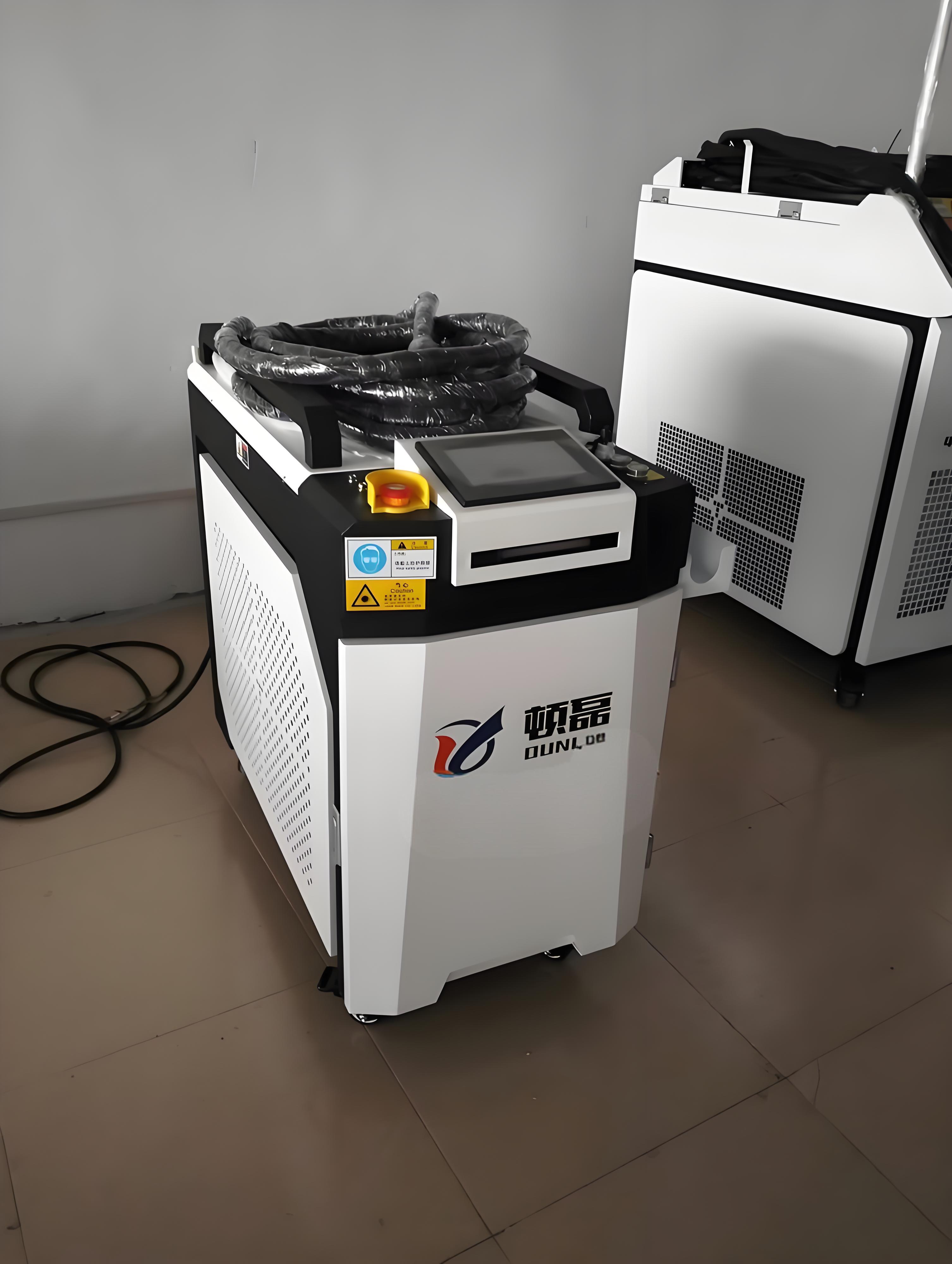
5. Use Proper Technique
Move the laser head steadily to avoid focusing on one spot too long. I recommend a zigzag or spiral pattern for even coverage. In one job, an operator’s erratic hand movements caused slight discoloration on a 1mm steel sheet, which we fixed by retraining on consistent motion.
6. Protect the Surrounding Area
Lasers can reflect off shiny surfaces, posing risks to nearby equipment or people. Use laser-safe curtains or shields. I once set up a temporary enclosure around a cleaning station to protect workers, which became a standard practice for that client.
Real-Life Case Study
In 2023, I worked with an automotive restoration shop that needed to clean rust from 0.7mm steel car panels without damaging the delicate metal. They were skeptical about laser cleaning, fearing burn-through. We used a 100W pulsed fiber laser with the following setup:
Settings: 40 kHz pulse frequency, 2500 mm/s scan speed, 50mm beam width.
Technique: Zigzag motion, pausing every 10 seconds to check temperature.
Cookware: The panels were pre-tested to ensure compatibility.
The results were stellar: rust removed in under 10 minutes per panel, no burn-through, and only minor warping on one overheated corner (fixed by lowering power to 30%). The shop saved 50% in labor time compared to sandblasting and preserved the panels’ integrity. This project reinforced my belief that with the right settings, laser cleaning is safe for thin sheets.
Common Mistakes to Avoid
I’ve seen plenty of missteps over the years. Here’s what to watch out for:
Using Too Much Power: A 500W laser on a 0.5mm sheet can cause warping or melting. Stick to low-power units for thin materials.
Ignoring Material Type: Aluminum and steel react differently. Always adjust settings for the specific metal.
Skipping Training: Untrained operators can damage materials or equipment. I’ve seen $10,000 lasers misused due to lack of training.
Neglecting Cooling: Continuous cleaning without pauses can overheat thin sheets. Break up sessions for ultra-thin materials.
Additional Benefits of Laser Cleaning for Thin Sheets
Beyond safety, laser cleaning offers advantages for thin metal applications:
Preserves Surface Integrity: Unlike sandblasting, it doesn’t remove material, ideal for delicate or antique pieces.
Eco-Friendly: No chemicals or abrasive waste, which I’ve seen reduce disposal costs by 30% for some clients.
Versatility: Cleans rust, paint, and coatings, making it a multi-purpose tool for restoration shops.
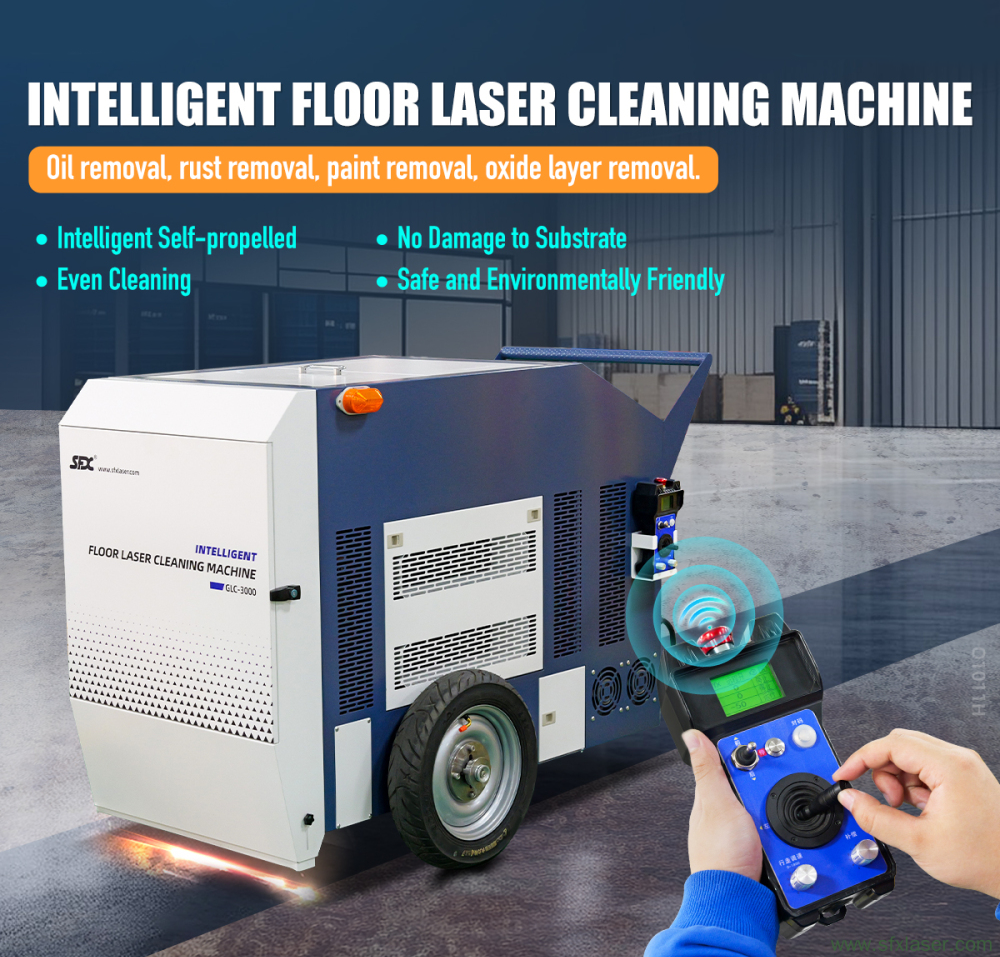
Conclusion: Safe and Effective with Proper Care
So, will a laser rust removal machine burn through thin metal sheets? Not if you use the right equipment, settings, and techniques. Low to medium-power pulsed lasers, properly adjusted, can clean rust from sheets as thin as 0.5mm without damage. Operator skill and preparation are key to avoiding warping or discoloration. By choosing the right laser, testing settings, and following best practices, you can achieve pristine results while preserving your material.
My advice? Start with a test piece, invest in training, and don’t skimp on safety measures. Laser cleaning is a powerful tool, and with care, it can transform your workflow without risking your materials. Here’s to clean, shiny metal and happy projects!
Related Questions and Answers
Q1: What laser power is safe for thin metal sheets?
A: For sheets 0.5-2mm, use 50-200W pulsed fiber lasers. Adjust settings (low power, high scan speed) to minimize heat input.
Q2: Can laser cleaning warp thin sheets?
A: Yes, if settings are too aggressive or cleaning is continuous. Use low pulse frequency (20-80 kHz), fast scan speeds (1000-3000 mm/s), and pause to cool.
Q3: How do I know if my metal is suitable for laser cleaning?
A: Most ferrous metals (steel, iron) and some non-ferrous (aluminum) work well. Test with a magnet for compatibility and run a sample to confirm settings.
Q4: Is laser cleaning cost-effective for thin sheets?
A: Yes, it saves time and preserves material compared to sandblasting or chemicals. Initial costs ($5,000-$20,000 for equipment) are offset by long-term efficiency.

